The KDCA added that the cases over the three days accounted for 16.3 percent of the total heat-related illness cases reported since it began tracking such cases in 2024.
The agency has recorded 759 cases of heat-related illness since May 20, a 3.5-fold increase from the previous week.
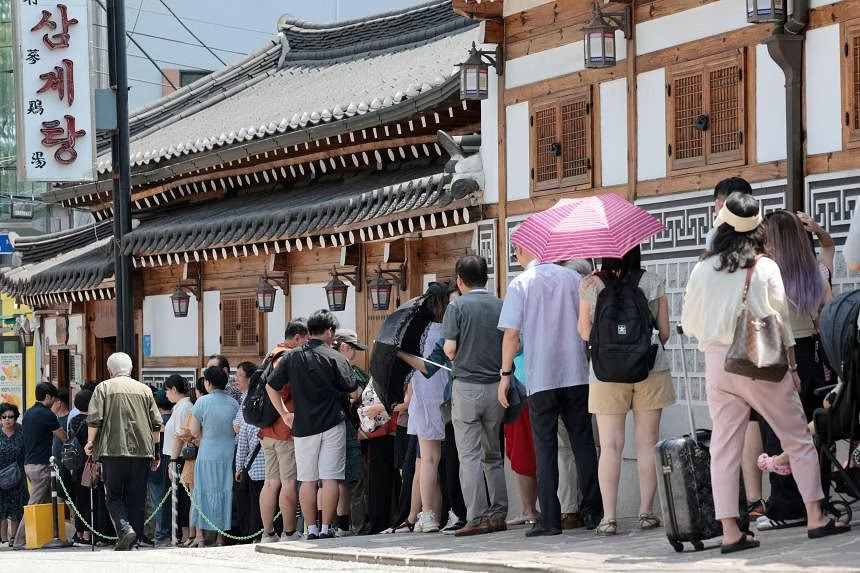
South Korea has seen a spike in the number of hot days, leading to a rapid increase in cases of heat-related illnesses. Photo: EPA-EFE
The spike in heat-related illness cases this week may be due to high temperatures and humidity following scattered showers across the country, according to the KDCA.
On July 24, the average daytime temperature in South Korea reached 34 degrees Celsius, with some cities in Gyeonggi, North Chungcheong and South Jeolla provinces having temperatures as high as 35 degrees Celsius. Heat warnings were issued nationwide from July 24 to 26.
The Korea Meteorological Administration (KMA) raised the heat warning level from “caution” to “alarm” in most parts of the country on July 26. South Korea raises the heat warning level when daytime temperatures are expected to exceed 35 degrees Celsius for two or more consecutive days.
The KMA noted that temperatures could be 1-2 degrees hotter than actual temperatures due to high humidity. The report added that the recent high temperatures were due to multiple layers of the atmosphere being covered by hot air.
Mr Woo added that Typhoon Gaemi, which made landfall in southeastern China on the afternoon of July 25, would also "continue to bring hot, humid air into the region", causing high temperatures and heat warnings to continue over the weekend.
Ngoc Anh (according to The Korea Herald)
Source: https://www.congluan.vn/han-quoc-ghi-nhan-hon-120-ca-benh-do-nang-nong-chi-trong-3-ngay-post305264.html


![[Photo] General Secretary To Lam works with the Standing Committees of the 14th Party Congress Subcommittees](/_next/image?url=https%3A%2F%2Fvphoto.vietnam.vn%2Fthumb%2F1200x675%2Fvietnam%2Fresource%2FIMAGE%2F2025%2F12%2F09%2F1765253019536_a1-bnd-0983-4829-jpg.webp&w=3840&q=75)



![[Photo] Urgently help people soon have a place to live and stabilize their lives](/_next/image?url=https%3A%2F%2Fvphoto.vietnam.vn%2Fthumb%2F1200x675%2Fvietnam%2Fresource%2FIMAGE%2F2025%2F12%2F09%2F1765248230297_c-jpg.webp&w=3840&q=75)





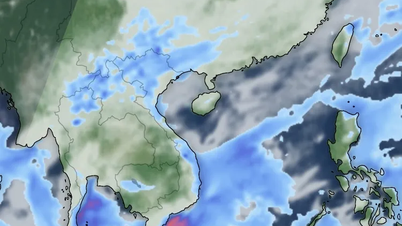

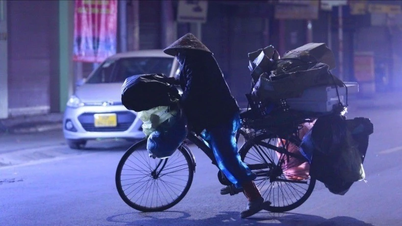

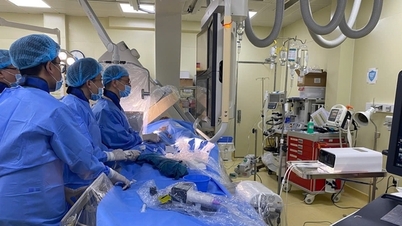


















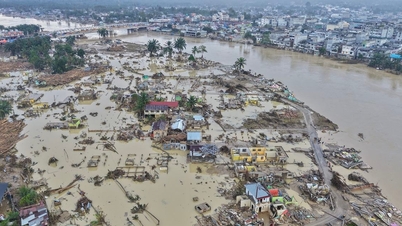

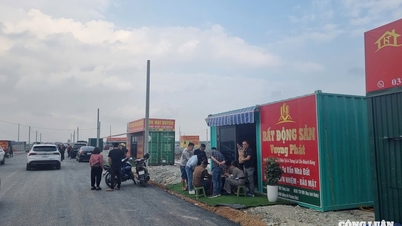




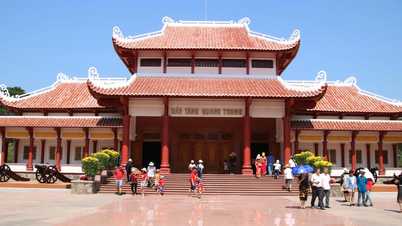
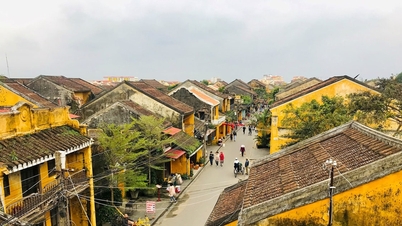





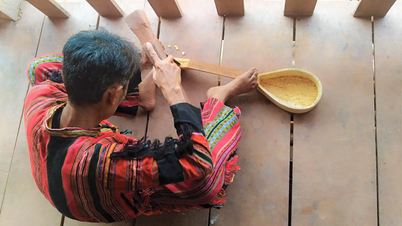

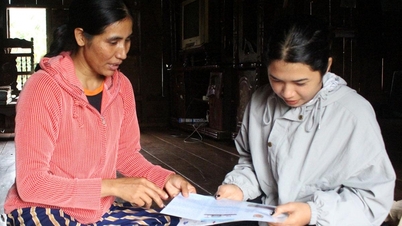
















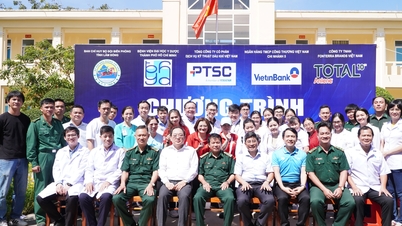















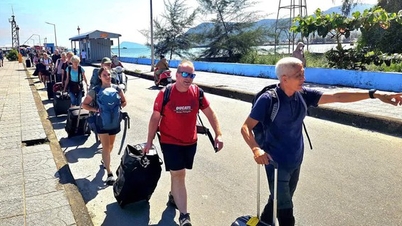



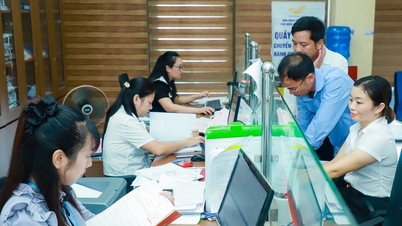



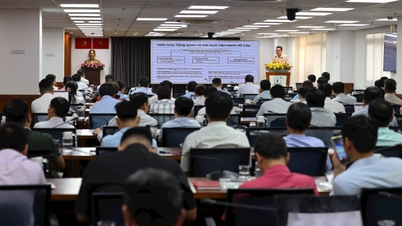






















Comment (0)